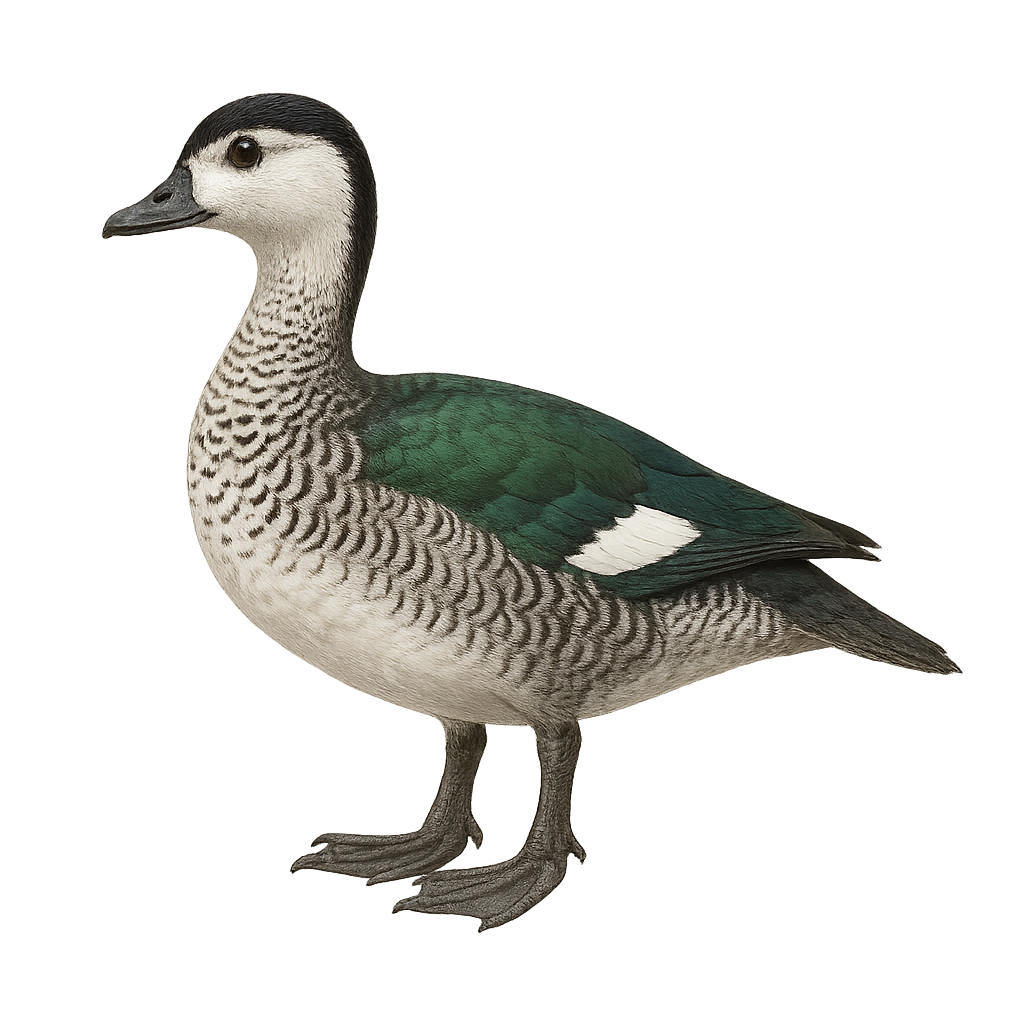Your wildlife photography guide.
Explore the green pygmy goose in detail, study its behavior, prepare your shots.
Where to observe and photograph the green pygmy goose in the wild
Learn where and when to spot the green pygmy goose in the wild, how to identify the species based on distinctive features, and what natural environments it inhabits. The WildlifePhotographer app offers tailored photography tips that reflect the green pygmy goose’s behavior, helping you capture better wildlife images. Explore the full species profile for key information including description, habitat, active periods, and approach techniques.
Green Pygmy Goose
Scientific name: Nettapus pulchellus

IUCN Status: Least Concern
Family: ANATIDAE
Group: Birds
Sensitivity to human approach: Not very shy
Minimum approach distance: 10 m
Courtship display: January to March
Incubation: 25-27 jours
Hatchings: January to April
Habitat:
Marshes, lakes, rivers
Activity period :
Primarily active during the day, with peak activity in the morning and late afternoon.
Identification and description:
The Green Pygmy Goose, or Nettapus pulchellus, is a tiny, vibrantly colored duck found in northern Australia and New Guinea. Its plumage features metallic green, white, and dark brown tones, with a compact body and short bill. It inhabits lagoons, swamps, and flooded woodland areas. Omnivorous, it feeds on seeds, aquatic plants, and small invertebrates. Usually shy and solitary, it can also be seen in small groups. Its population is considered stable, although it relies heavily on healthy wetland ecosystems.
Recommended lens:
400mm – adjust based on distance, desired framing (portrait or habitat), and approach conditions.
Photography tips:
To photograph the Green Pygmy Goose, it is advisable to use a 400mm lens or longer to capture precise details without disturbing the bird. Look for areas with good natural light, such as lake or marsh edges, early in the morning or late afternoon. Be patient and discreet, as even though this species is not very shy, it can be sensitive to sudden movements. Use a tripod to stabilize your camera and achieve sharp images, especially when shooting from a long distance.
The WildlifePhotographer App is coming soon!
Be the first to explore the best nature spots, track rutting seasons, log your observations, and observe more wildlife.
Already 1 430 wildlife lovers subscribed worldwide

